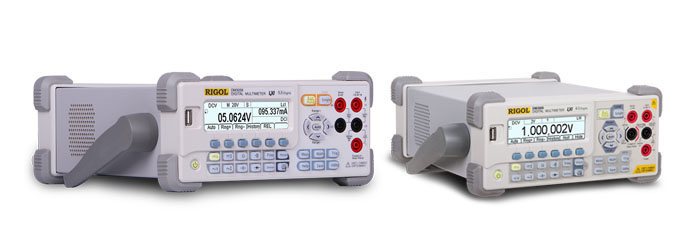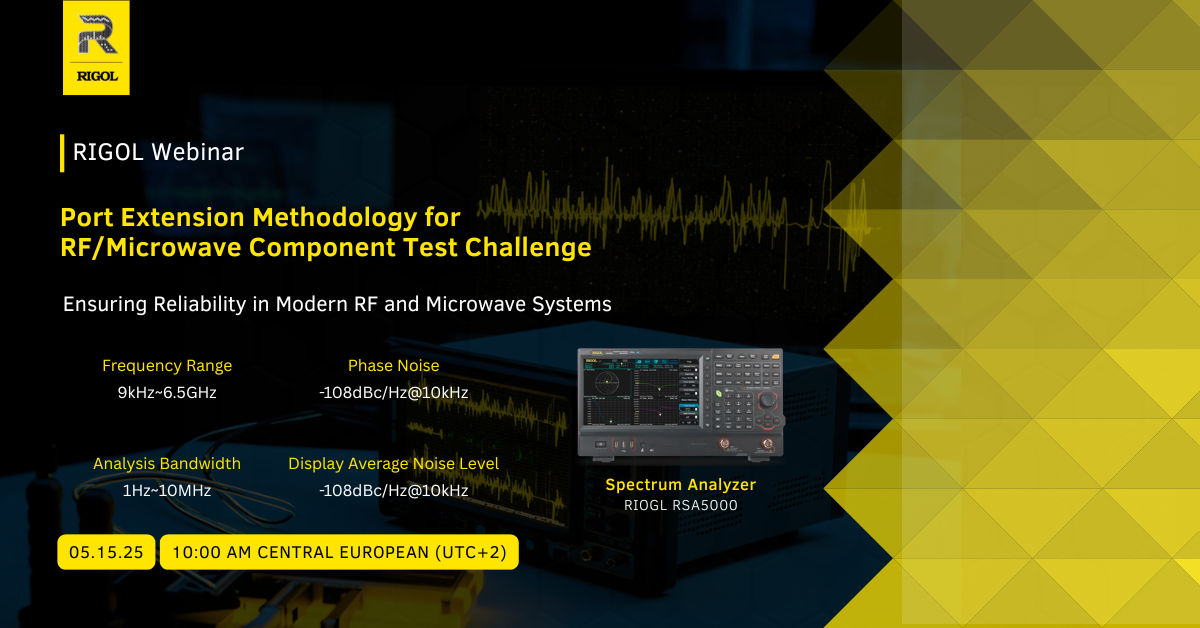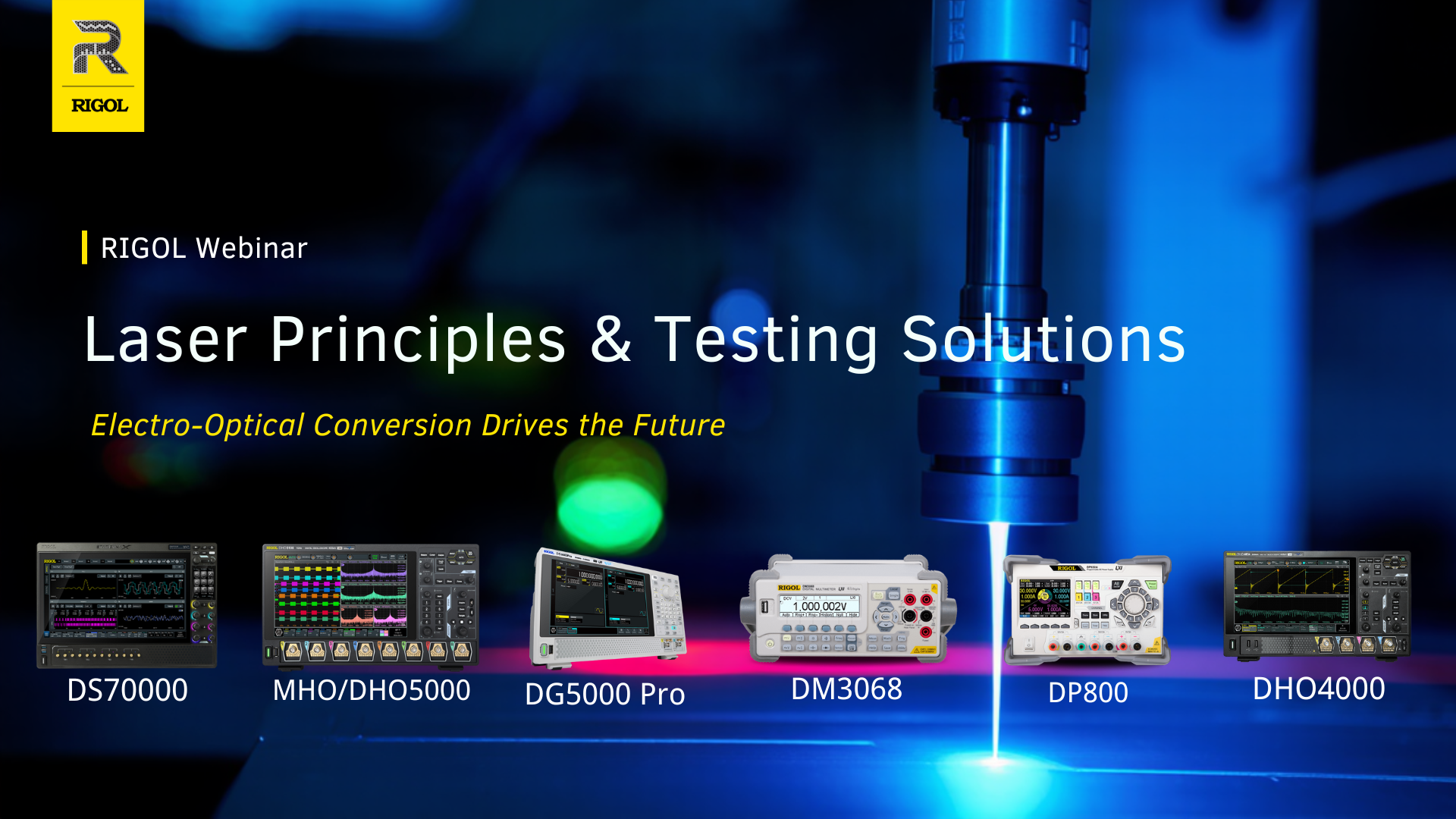

What is a digital multimeter?
Let’s start off by explaining exactly what a multimeter is. This is a type of electronic instrument, and it is one of the most widely used pieces of electronic testing equipment by electronic engineers and technicians.
The first digital multimeter was introduced in 1977 by Fluke. They came about as a replacement for needle-based analog meters because of their ability to measure with improved impedance, reliability, and accuracy.
With a digital multimeter, it will combine the testing capacity of a single-task meter - ohmmeter (ohms), ammeter (amps), and voltmeter (for measuring volts). Usually, they will incorporate a number of advanced options or added specialized features. This means that technicians with more specific needs are able to find targeted models that are better suited for their needs.
In terms of functionality, these instruments have the capacity to provide different readings based on the sort of model. The most basic kinds will be used to measure voltage, resistance, and amperage, as well as checking continuity. A complete circuit can be tested, such as the following:
• Duty cycle
• Decibels
• Conductance in Siemens
• Frequency in Hz
• DC voltage and amperage
• Inductance Henrys
• AC Voltage & Amperage
• The temperature in Celsius or Fahrenheit
• The capacity in Farads
• Resistance in Ohms
To understand what a digital multimeter is, we need to compare it with an analog multimeter. The former is utilized to compute a number of different electrical quantities, from resistance to voltage. On the other hand, an analog multimeter is utilized to gauge restricted electrical quantities, like current, voltage, and resistance. Digital multimeters are also smaller in size and are automatically calibrated, whereas analog multimeters are calibrated manually. Digital multimeters also tend to boast much higher levels of accuracy. With an analog multimeter, they are less accurate due to readings of the wrong pointer and parallax errors.
Where is a multimeter used?
Now that you have a good understanding of what a multimeter is and how it operates, let’s take a look at the applications for a multimeter. There are a number of different electronic and electrical projects for components testing whereby a multimeter may be required. They can also be used in a number of different measurement applications.
This includes time and frequency measurement applications, i.e. time measurement and fast frequency. A digital multimeter can also be useful when measuring resistance, including measuring resistance with a constant current, measuring resistance with a constant voltage, and a micro ohmmeter. Current measurements may be another reason why a multimeter is needed, such as true RMS AC and DC measurements.
Furthermore, measuring voltage is another example of when a multimeter shows its worth, such as peak to peak and DC average measurement, as well as low- and high-value DC measurement. Finally, we cannot overlook environmental and temperature applications, for instance, DMM internal temperature and low-cost weather stations. When you take all of this into account, it is not hard to understand why this is one of the most used testing tools today.
How does a digital multimeter work?
To understand how a digital multimeter works, we first need to explain the components of such a product. On the interface, you will typically notice four components. The first is the display, whereby you can view the measurement readouts. You then have the buttons that can be used for choosing different functions, and these can vary depending on the sort of model you go for. The third part of the device is the rotary switch or dial, which is for choosing the primary measurement values, i.e. ohms, amps, or volts. You then have the input jacks, which is where you will insert the test leads.
For those who are unaware, the test leads are insulated and flexible wires, which are plugged into the DMM. The leads are either black for negative or red for positive. They act as a conductor from the item that is being tested into the multimeter. You will use the probe tips on each lead for circuit testing.
How do I choose a digital multimeter?
There are a number of different factors that you will need to consider when you are looking for the best digital multimeter for your business. Generally speaking, you will find that multimeters tend to fall into one of the following five categories: wireless, compact, advanced, standard, and general-purpose.
When you are looking for the best digital multimeter for your needs, the obvious place to begin is by figuring out what you need this tool for. As a digital multimeter is a very versatile testing tool, it can be used for many different things. Therefore, you need to think about whether you are looking for such a tool for full-time professional use or whether you are only going to be using this on occasion. This will help you to determine whether or not you need extremely high levels of reliability and accuracy. When it comes to purchasing a digital multimeter for professional use, these are qualities that you simply will not be able to compromise on.
Aside from this, it is essential that you consider other requirements, for example, the sort of measurements you will need to make and other requirements too. Once you understand your needs, you can then assess these against predicted costs. Carrying out a careful and considered assessment of the measurements you need to make and the regulatory and safety requirements you need to meet is essential. Safety is an element that is invisible in a lot of ways but it is one of the most critical and important factors when we’re talking about testing.
Of course, price is going to be an important element when purchasing any product, but it should not be the only determining factor. It is not advisable to simply look for the cheapest digital multimeter you can find, especially if this is going to be used for professional reasons. If you do that, you are almost certainly going to experience a lack of quality and accuracy. Instead, it makes sense to narrow down your search by ensuring that the product fulfills your needs and requirements, and then once you have a shortlist you can use price as the final determining factor.
As touched upon, you do have a varied selection of digital multimeters to select from today, and so looking at the features is important. All of the multimeters on the market will have current and voltage meters. Plus, most of them will be able to measure resistance. However, a lot of the products will go further than this and they will have a number of added features depending on the price tag and the manufacturer. This includes the likes of frequency, capacitance, and continuity, and so you should assess what sort of features you will receive.
In addition to considering the specifications regarding the multimeter, it is also a wise idea to carry out your due diligence and do a little bit of digging online so that you can find out what the general feedback is regarding the device in question. After all, you will want to make sure that the product lives up to the sales pitch and that it is easy to use and performs as well as it should. Reading reviews and comments that have been left by previous purchases is the best way to get an honest assessment regarding the multimeter in question.
Other areas that are vital to consider include the resolution of the digital multimeter, frequency measurement, input impedance, temperature measurement, and energy capacity. In regard to the latter, it is always recommended that you are aware of the circuit’s energy capacity that you are working on in advance. You need to know the maximum transient voltage that the digital multimeter can tolerate without any sort of damage being risked.
Final words on using a digital multimeter
So there you have it: an insight into digital multimeters and their use. We hope that this has helped you to get a better understanding of multimeters and the different options that are available for you to choose from. If you carefully consider the different factors we have mentioned, you should be able to find the right digital multimeter for your requirements.









































